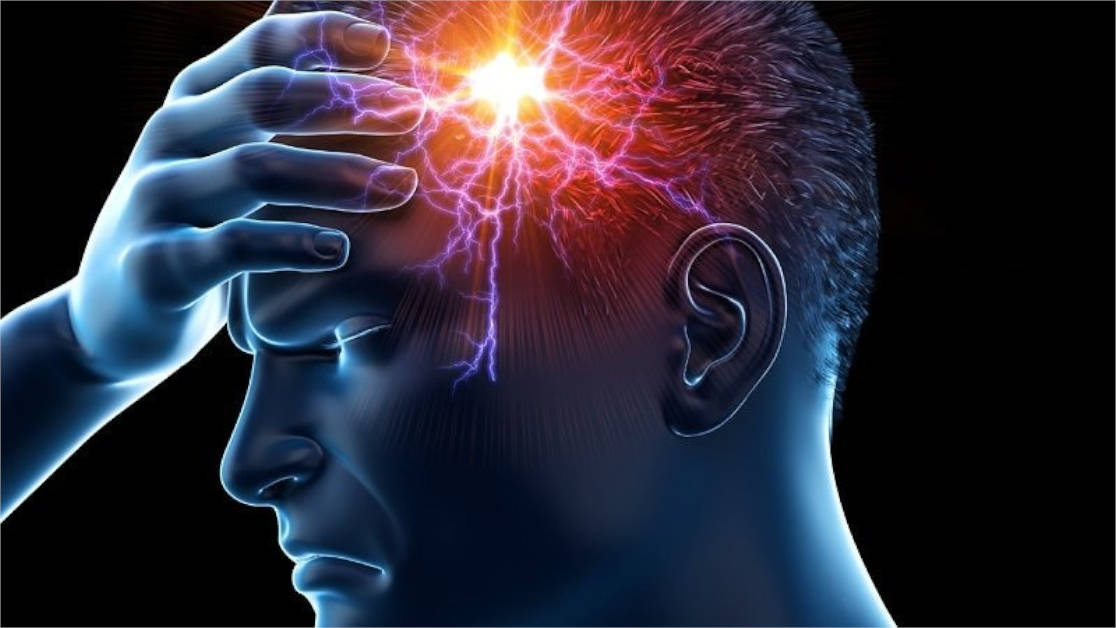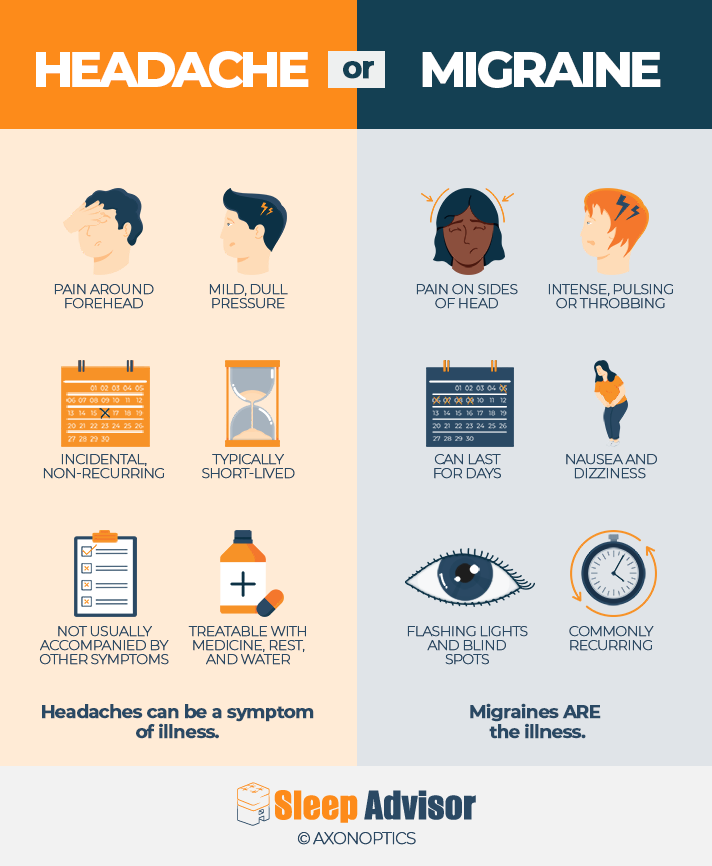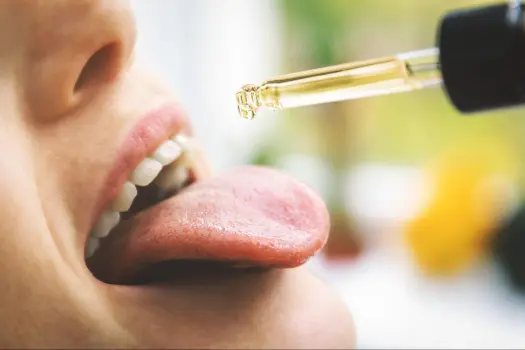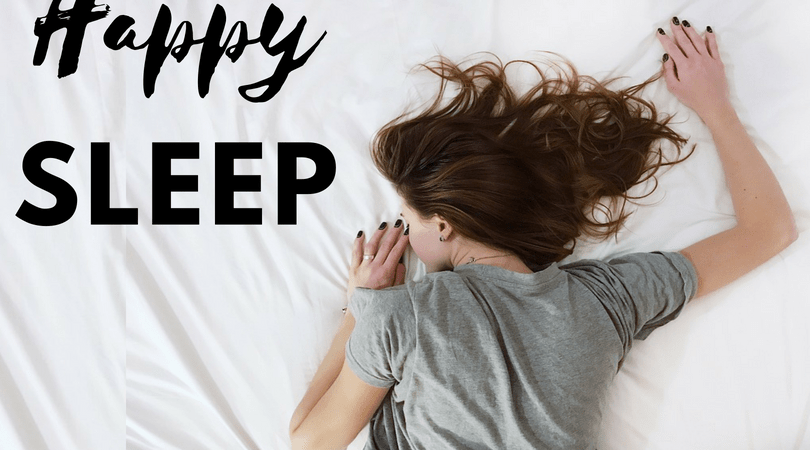
Migraines are disabling conditions often characterized as persistent and recurrent headaches on one side of the head, which is associated with varying degrees of intensity.1 Such a condition has been considered as the 6th most prevalent disease and a primary cause of disability, worldwide, among middle-aged women and young adults.1(S109) Thus, determining causes of said condition is paramount in addition to developing solutions. As such, the following will explore sleep quality, its relationship to migraines, and interventions to improve sleep.

Strambi et al1(S107) stated that the association between headache and disrupted sleep have been described in the literature for over 100 years. Furthermore, clinicians have noted that the majority of patients suffering from migraines also reported poor sleep quality/duration while evidence has suggested that certain headache types have been deeply influenced by sleep, or lack thereof.1(S107) Conversely, headaches can also disrupt sleep quality and duration; events whereby one condition can become the driver of the other.1(S107) Considering an apparent symbiotic relationship shared between migraines and sleep, one might consider developing strategies that attempt to concurrently address both the pain management of a migraine, and efforts to enhance sleep hygiene. In the following sections, this author will consider sleep in greater and botanicals which facilitate the same.

Sleep can be defined as an reversible condition characterized by an increased perceptual threshold to external stimuli leading to unresponsiveness to the environment.1(S108) During sleep, the brain remains active and pursues its own internal psychological and physiological activity to include restorative activities, emotional processing, memory consolidation, brain clearance, and synaptic homeostasis.1(S108)Poor sleep has also been associated with impaired glucose metabolism, reduced glucose tolerance of 40%, and an acute insulin response of 30%.2 Most relevantly, said responses occurred from restricting sleep by as little as 4 hours a night over 2 nights.2(2963-2964) Thus, compromised sleep quality and duration not only induces migraines; other, equally serious, pathophysiological processes have been known to occur, driving deeper aberrations in health and homeostasis.

Considering the cascade of health-related changes that occur from poor sleep, one intervention to help improve the same, and potentially mitigate migraines, could be the implementation of several botanicals. Such botanicals could include CBD oil covered in this author’s previous posts, which has been shown to support sleep quality, duration, decrease inflammation, and mitigation of pain.3 Another botanical that could be implemented is ashwagandha. When comparing an experimental group (taking ashwagandha) to a placebo group, the treatment group exhibited an improvement in sleep latency, sleep efficiency, total sleep time, and wake after sleep onset.4 It is likely that such botanicals, as part of a larger protocol to improve sleep hygiene (i.e., black-out blinds, a cool room, limiting exposure to blue light from flat screens/laptops/smartphones) could, as an aggregate, help individuals with migraines achieve deep and restorative sleep. It is possible that such an approach, over time, could help individuals reduce incidence of sleep-induced migraines.

In conclusion, migraines are disabling conditions often characterized as persistent and recurrent headaches on one side of the head, which is associated with varying degrees of intensity. Furthermore, research has suggested that compromised sleep has been found to induce aberrations in glucose tolerance and insulin sensitivity as well as causing migraines. Considering the wide-reaching effects of poor sleep on health markers, improving sleep quality would likely attenuate such unfavorable outcomes. It is possible that inclusion of botanicals such as CBD and ashwagandha, as part of a larger and more inclusive sleep hygiene protocol, could help liberate individuals suffering from both poor sleep and headaches.
References
1. Strambi LF, Galbiati A, Combi R. Sleep disorder-related headaches. Neuro Sci. 2019;40(1):S107-S113. doi:https://doi.org/10.1007/s10072-019-03837-z.
2. Donga E, Diijk MV, Diijk GV, et al. A single night of partial sleep deprivation induces insulin resistance in multiple metabolic pathways in healthy subjects. J Clin Endocrinol Metab. 2010;95(6):2963-2968. doi:10.1210/jc.2009-2430.
3. Teitelbaum J. A hemp oil, CBD, and marijuana primer: Powerful pain, insomnia, and anxiety-relieving tools! Altern Ther Health Med. 2019;25(S2):21-23. http://eds.b.ebscohost.com.libproxy.bridgeport.edu/eds/pdfviewer/pdfviewer?vid=13&sid=099badb8-3b9c-467f-bd98-db7fc756c90a%40pdc-v-sessmgr04. Accessed February 20, 2020.
4. Despande A, Irani N, Balkrishnan R, et al. A randomized, double blind, placebo controlled study to evaluate the effects of ashwagandha (Withania somnifera) extract on sleep quality in healthy adults. Sleep Med. 2020:1-32. doi:https://doi.org/10.1016/j.sleep.2020.03.012.
-Michael McIsaac
